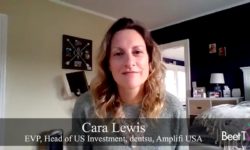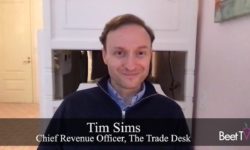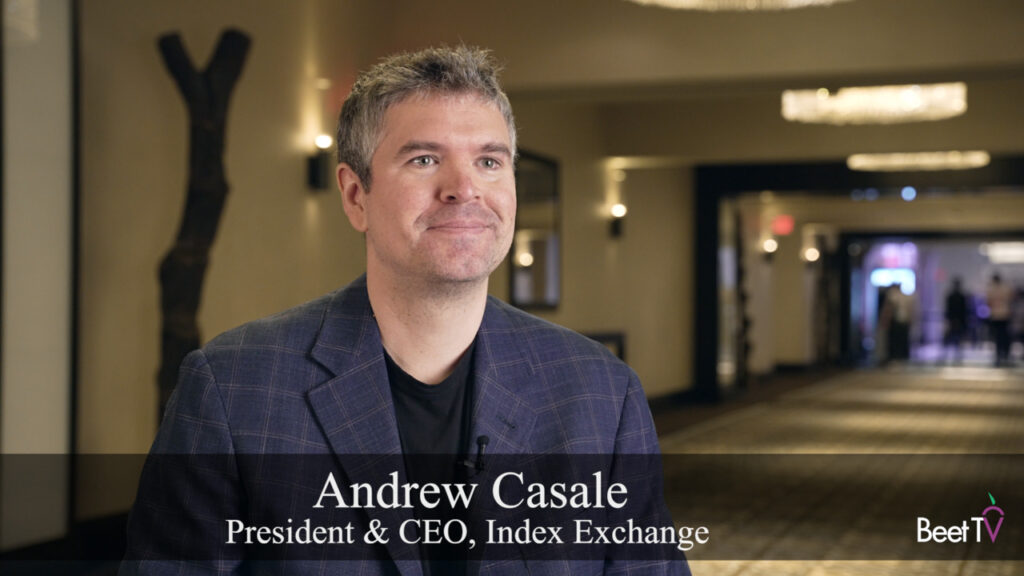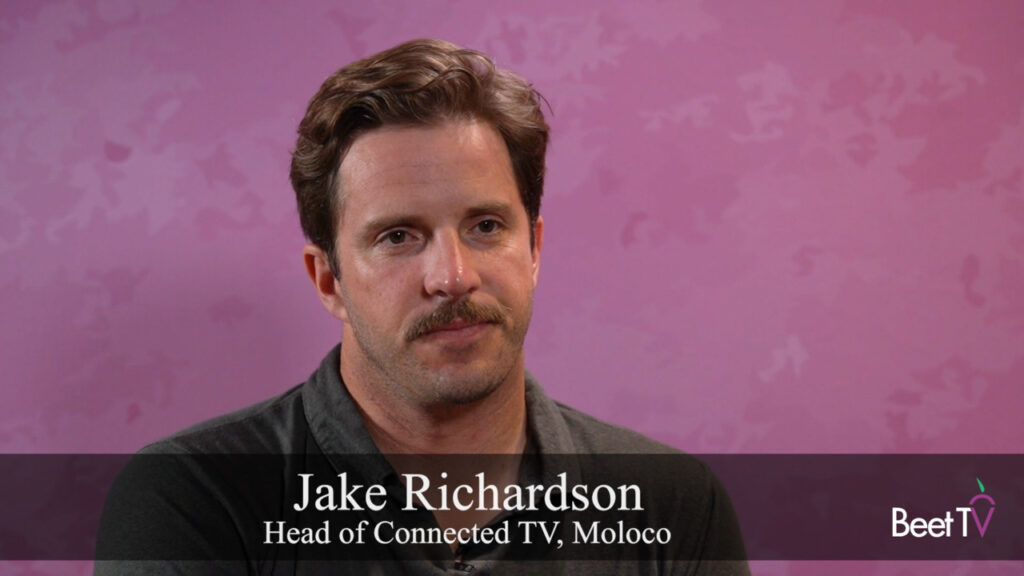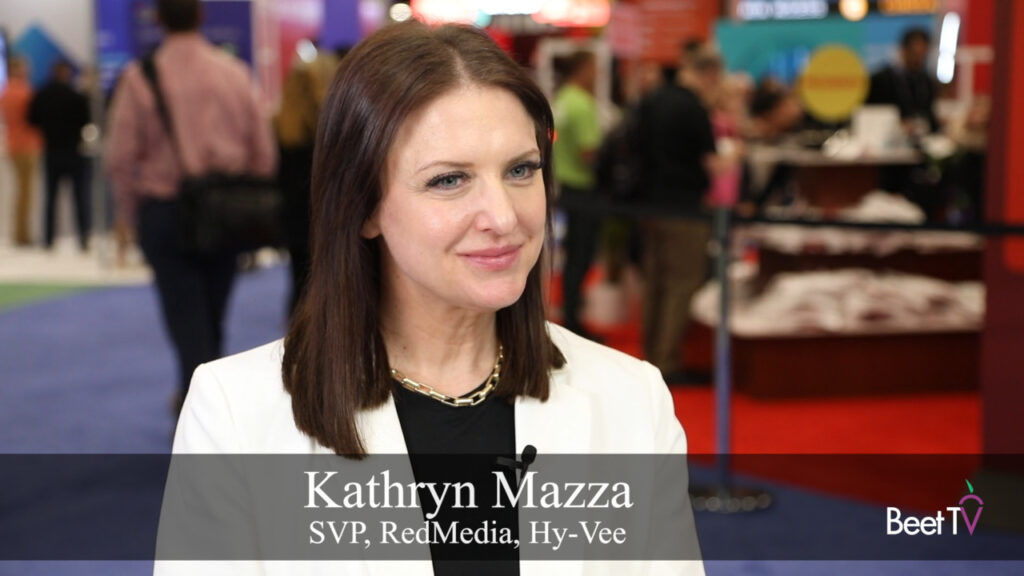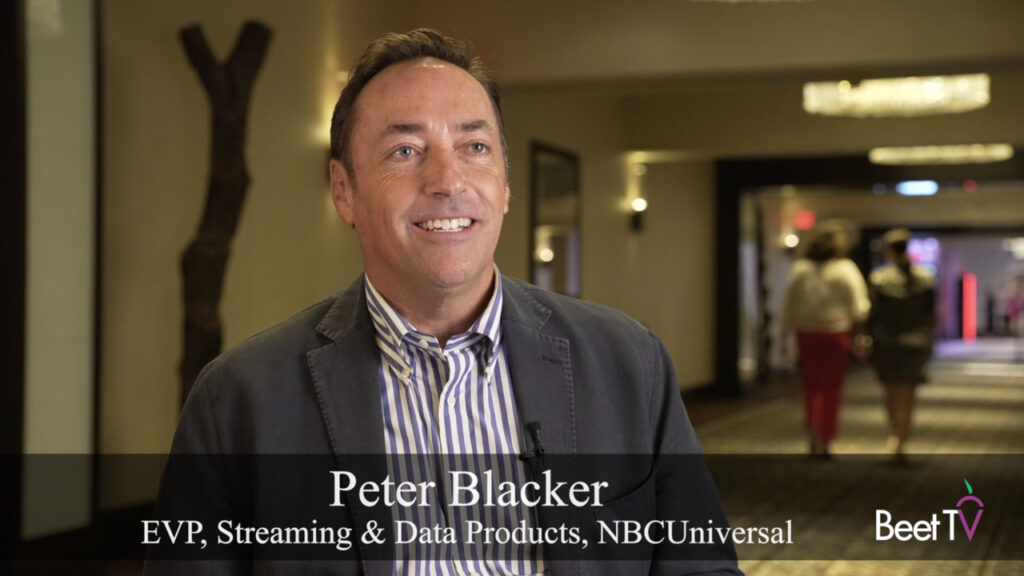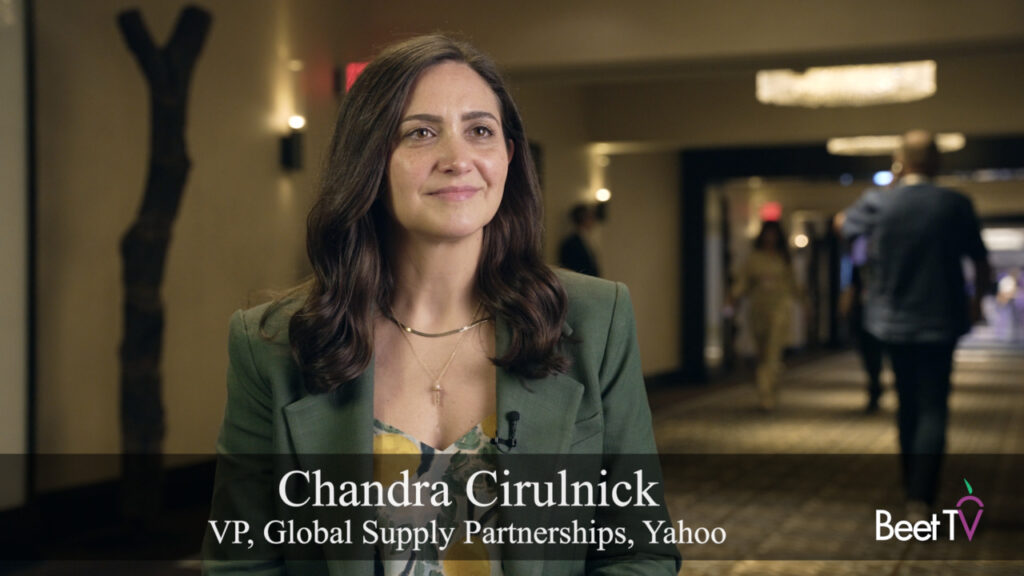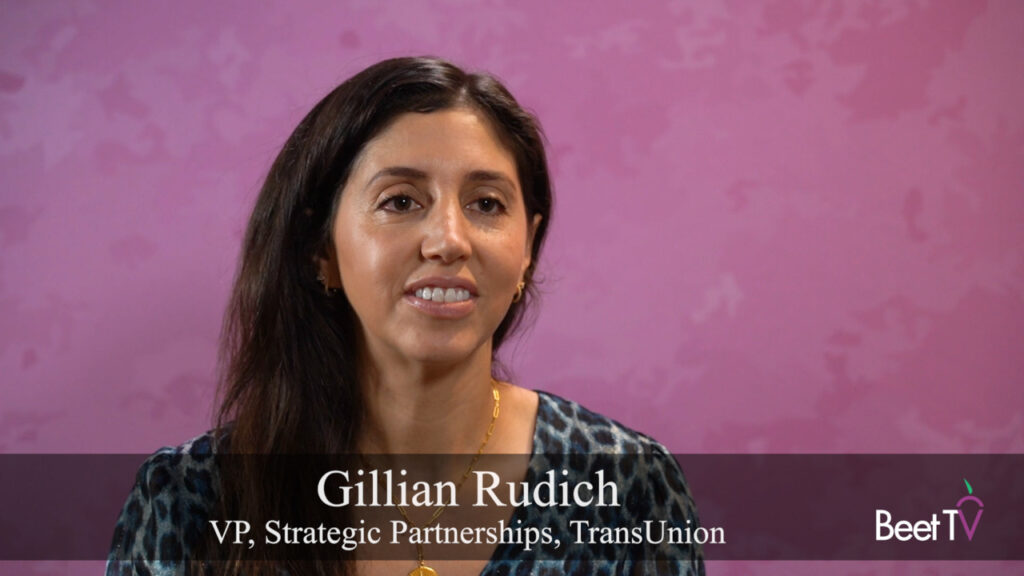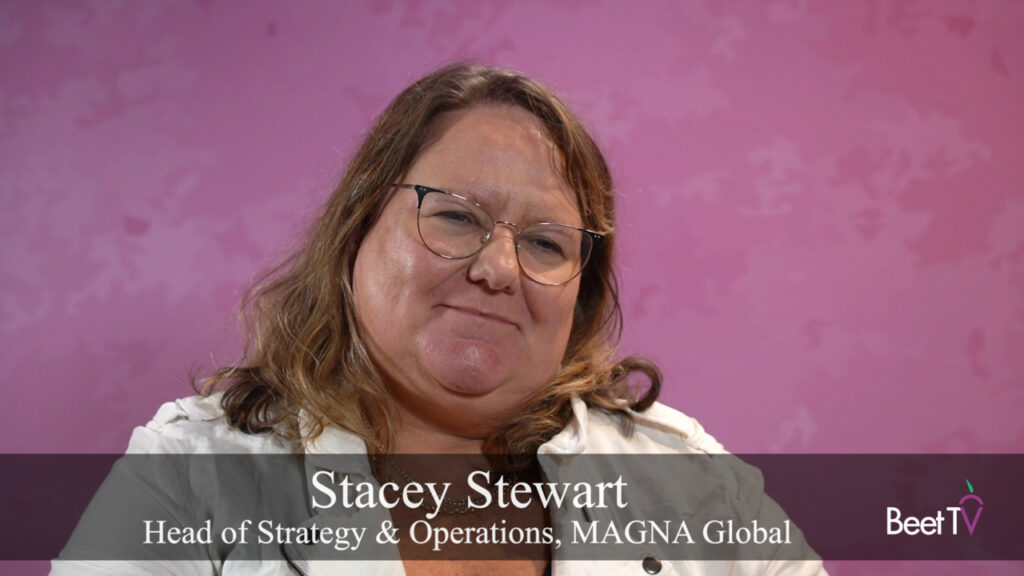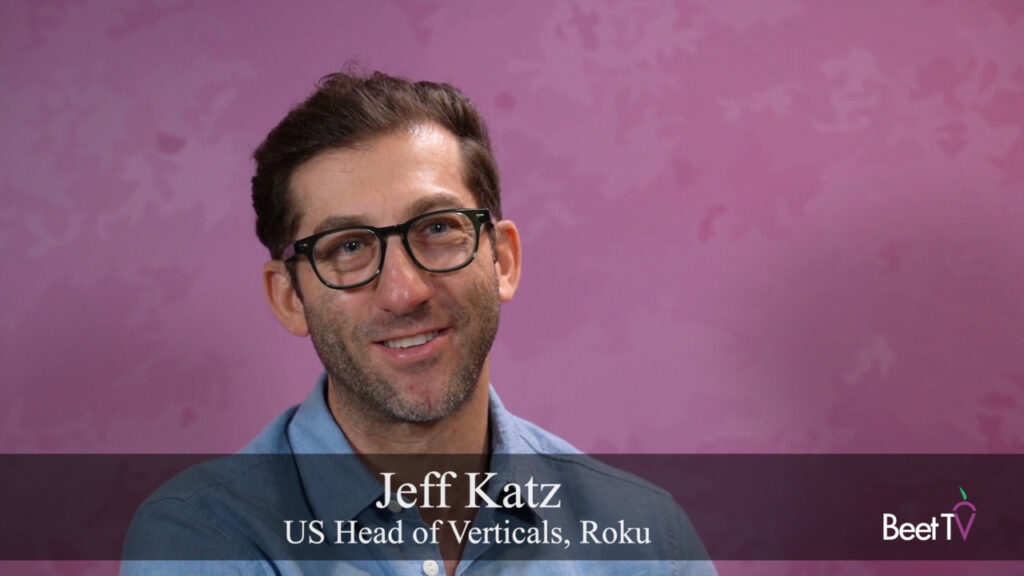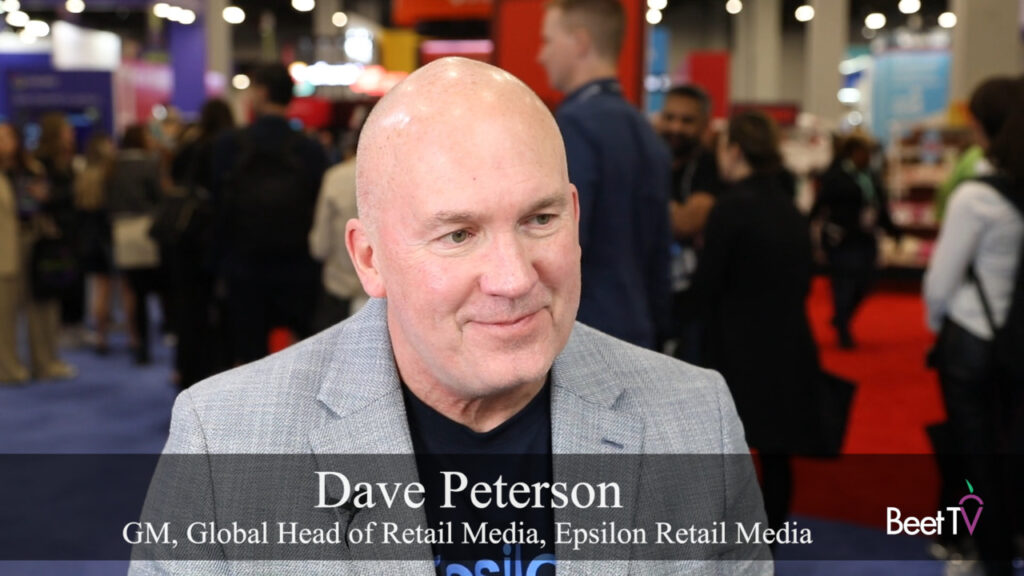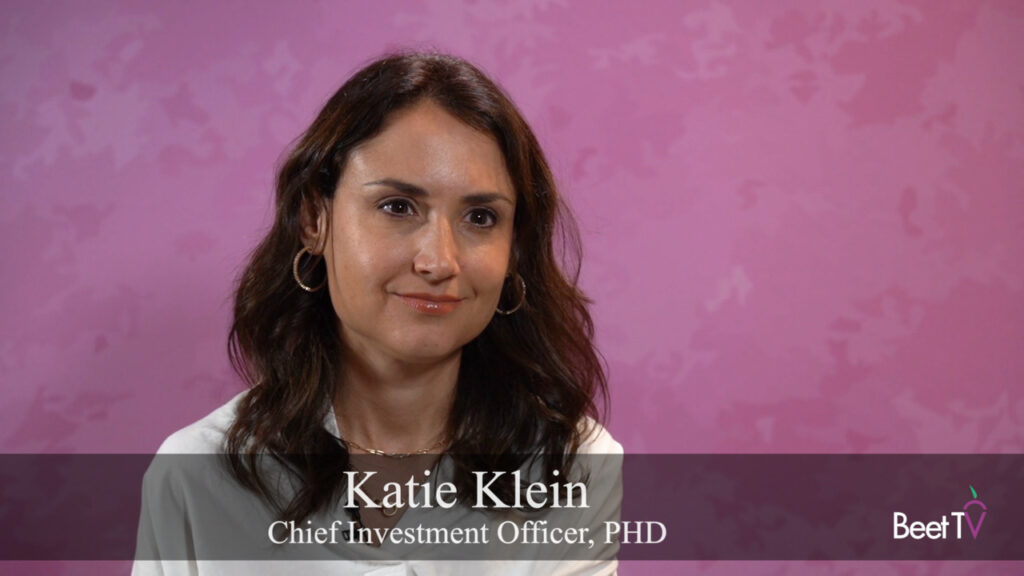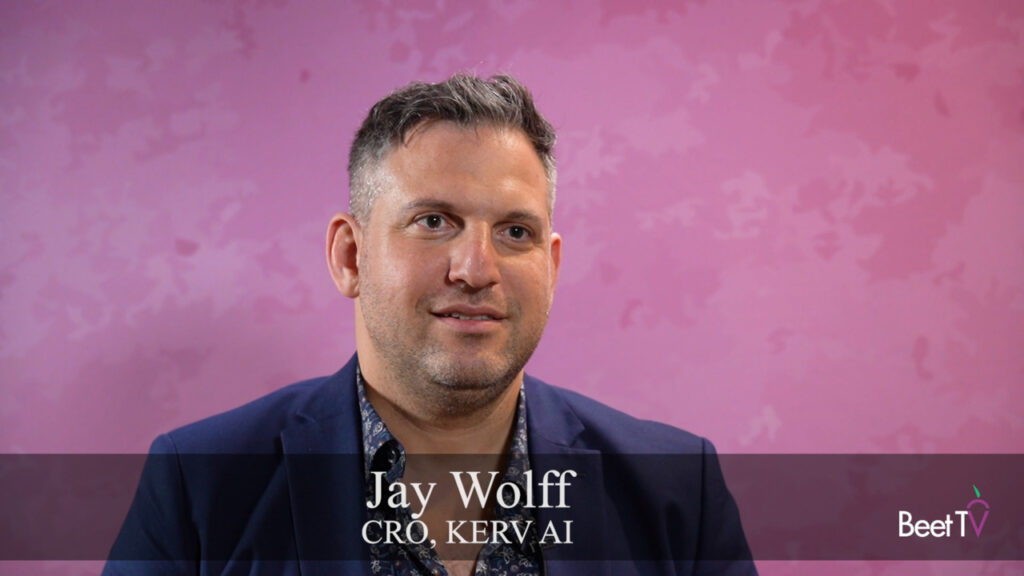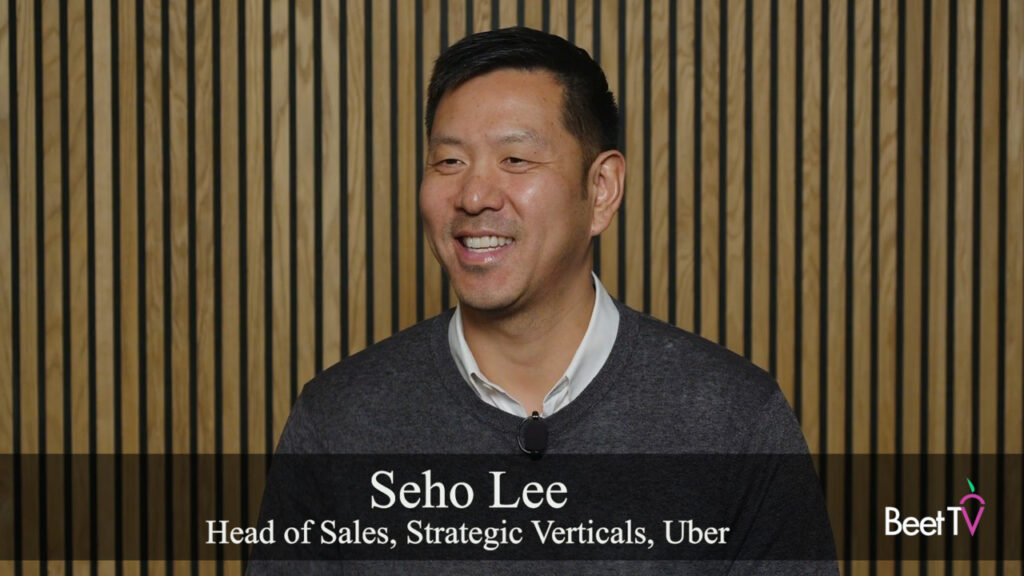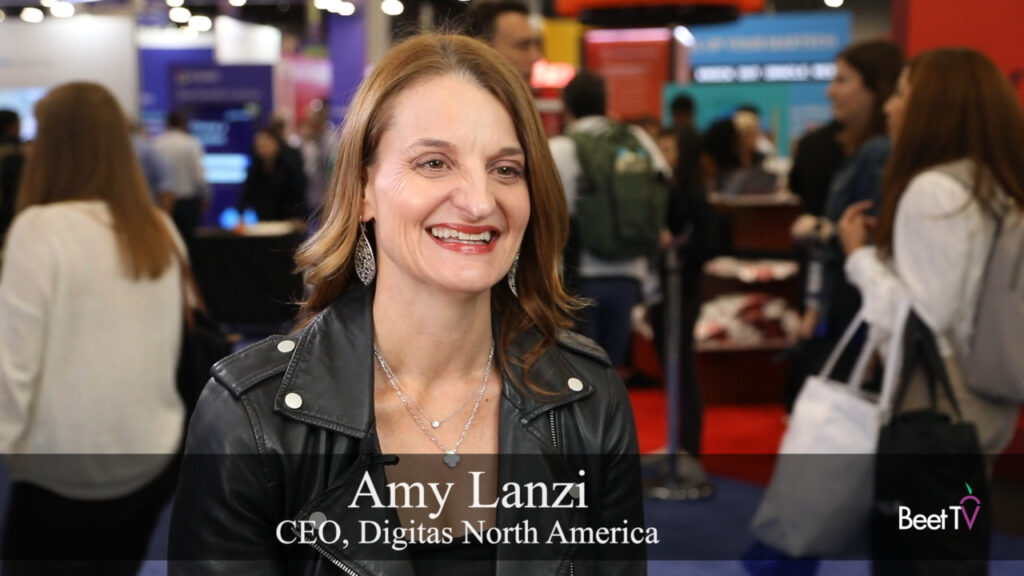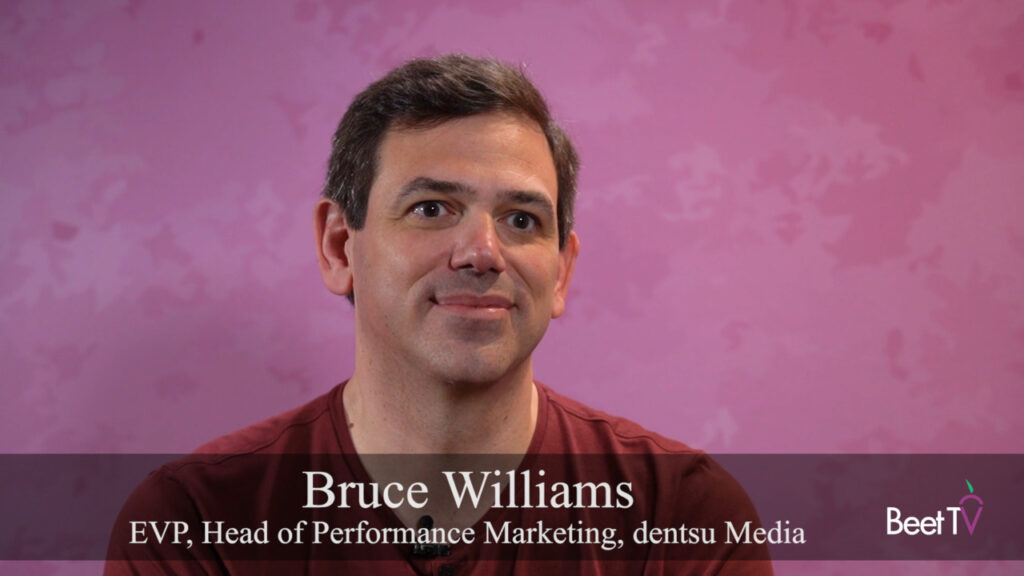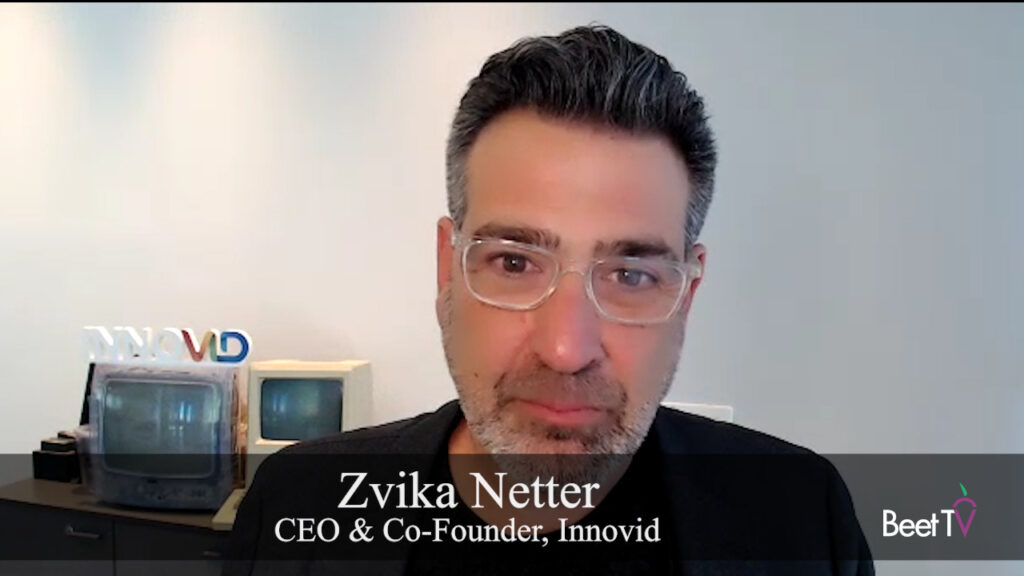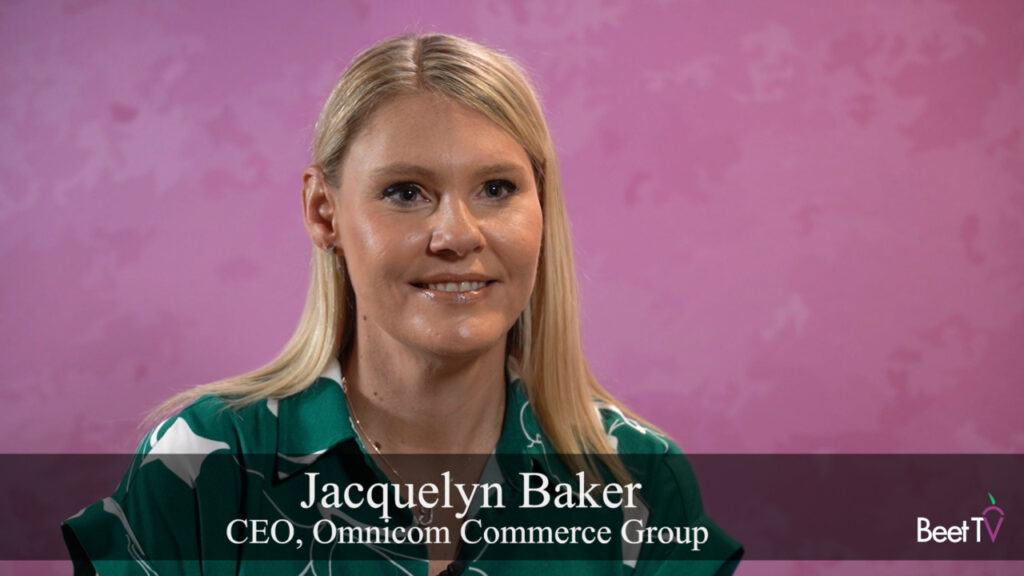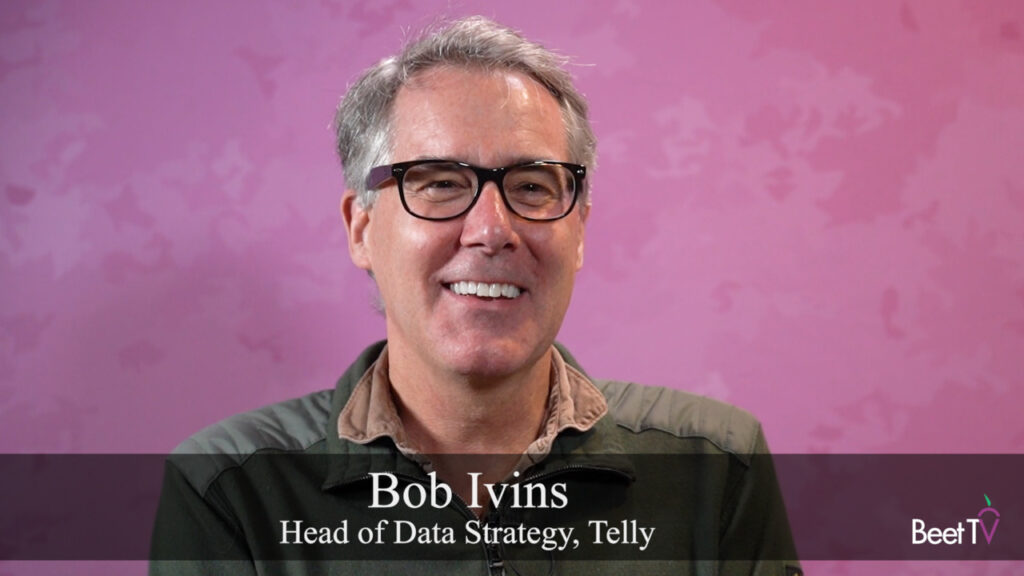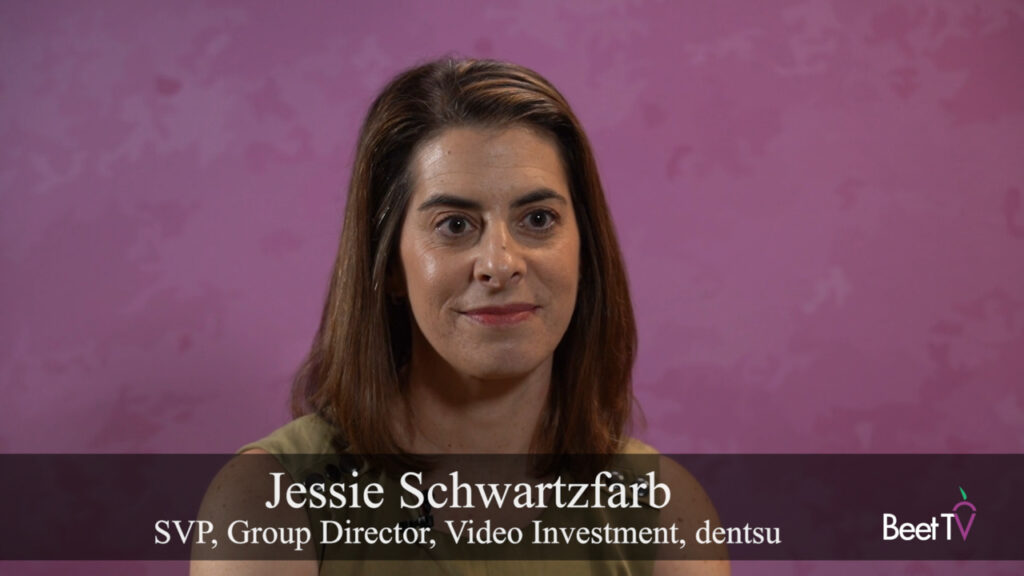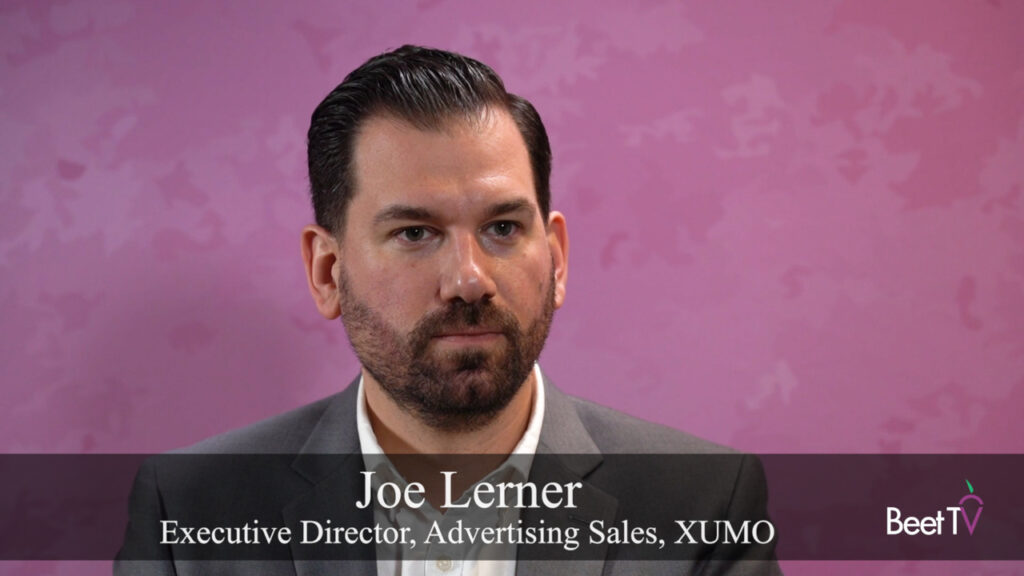LOS ANGELES – This year’s upfront sales season for broadcasters will bring heightened attention to ad-based video-on-demand (AVOD) services. The platforms saw significant gains in viewership as consumers looked for fresh programming, especially sports fans who had to go without live games for a few months after the pandemic began.
“When we look at a lot of the shifts we’ve seen with covid, AVOD is a huge piece of the puzzle for us in terms of how we plan our overall TV/video mix,” Erika Newsom, vice president of strategic and integrated planning at Camelot Strategic Marketing & Media, said in this interview with Beet.TV.
Because AVOD services are free to consumers, they have emerged as a viable alternative to subscription-based video-on-demand (SVOD) platforms like Netflix, Disney+ and HBO Max that charge fees for an ad-free experience. Viewers have more choice and control over what they see on connected devices like smart TVs and mobile phones.
“Most of the consumer growth that you’re seeing in AVOD and SVOD is driven by programming, and it’s driven by content and storytelling,” Newsom said. “All of the major players in the space are making big investments around content right now. Whether it’s Tubi leveraging that Fox catalog that they have access to, and then moving into original programming, or it’s Roku with their brand studio investment, or any of the players — they’re all investing in content.”
While the audience for that programming is growing, marketers face challenges in reaching target consumers as data privacy becomes a bigger issue. Regulations in several regions are giving people more control over their personal information, and technology companies like Google and Apple also are taking steps to limit data sharing.
“As we have limits around some of the data targeting, and/or we have to be more creative around some of the limitations, contextual is going to become en vogue again, whereas it hasn’t been much of a factor for a lot of folks in a while,” Newsom said. “Things as simple as brand integration or sponsorship or how you align with that content rollout in those key events, whether it’s traditional events and tent-poles or more program-driven events in terms of binge opportunities, that’s a whole piece of the puzzle that I think people are revisiting more.”
‘Holy Grail’ of Unified Identifier
Many marketers and media owners have prepared for the limitations on sharing of third-party data by developing their own sources of first-party data, which are gathered directly from consumers. However, the “Holy Grail” of a unified identifier that helps to track audiences among different devices and media channels, while also protecting privacy, is still out of reach, Newsome said.
“Brands and media companies that already have positioned themselves really well from a first-party data standpoint are going to reap even more benefit,” Newsom said.
Marketers want their brands to stand out amid a cluttered media environment. They also seek targeted reach and a reduced ad load that helps to improve the viewer experience.
“If you look at the fact that we’re seeing declines in time spent with ad-supported media…and if you look at CTV more broadly, there’s a large chunk of consumers who are opting into that SVOD experience,” Newsom said. “What’s motivating that is really ad fatigue, etc., and it’s a sub-segment of the consumer audience that can afford those subscriptions.”
SVOD, AVOD Can ‘Play Together’
She said she expects consumers to reach a point of “subscription fatigue” where they’re unwilling fork out more money for another SVOD service, and will be more choosy about which subscriptions they keep.
“There’s definitely opportunity for SVOD and AVOD to play together, but how we think about ad load, in general, and how we think about calibrating that will be changing over the next few years,” Newsom said. “There is probably content that can be monetized at a level that permits less clutter.”
Digital “walled gardens” like Google, Facebook and Amazon also are challenging marketers to find ways to reach unduplicated audiences since they each have their troves of consumers data.
“We used to have this utopian ideal about what the marketplace might look like, and the reality is there are a few key players that have a major stake in controlling their environment and controlling their inventory and their data,” Newsom said. “That concentration will continue, and platform-specific metrics and measurement will continue to be a reality for most of us.”
She would like to see the development of industry standards that help to provide more insights about consumers and their viewing habits.
“That’s part of the reason that algorithms will never completely replace us,” Newsom said. “There is that need for us to understand individual and distinct data points, and to be able to pull those together and synthesize them into an overall strategy.”
You are watching, “The Stream: New Audiences, New Opportunities,” a Beet.TV leadership series presented by Tubi. For more videos, please visit this page.














